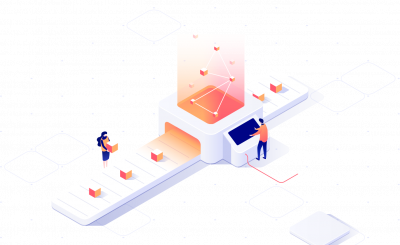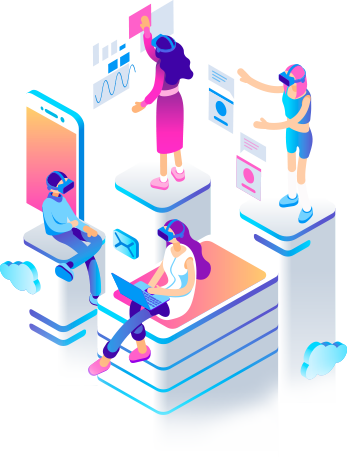How to navigate work and home life successfully.
In traditional workplaces, there has long been a reluctance to the concept of working from home. Bosses, supervisors, and team leaders uncomfortable with the lack of supervision to ensure employees were doing the ‘right thing’.
The truth is entirely the opposite. Studies are starting to emerge; there is a definite climb in productivity, fewer breaks, and less sick days. But this may come at a cost to the employee though, particularly at the beginning of this journey.
When ‘working from home’, you quickly hit autopilot mode. Commitments and responsibilities to yourself and others are frequently broken to deal with the pressures to produce and prove yourself. Personal distractions in the home and blurring of boundaries. Increased stress, and workload due to fear of being seen as lazy by co-workers and superiors. Add on the anxiety over COVID-19, your internal suffering hijacks and magnifies even the smallest issue.
But what if that added internal stress can be managed out of the equation?
Research is showing that mindfulness practices contribute to well-being at work and lead to happier, healthier, and more productive employees. It sharpens the focus, boosts the immune system, dampens stress by decreasing cortisol (the stress hormone) and raises clarity for improved decision making.
What is Mindful Productivity?
Mindful productivity is a state of mind we bring to work tasks. It involves giving our full and non-judgemental attention to body sensations, thoughts and feelings that arise while we are working. Sounds intense, but it’s quite simple.
Mindful productivity changes how you react to your stressors. You use your mind to navigate work worries with clarity, self-compassion, courage, and creativity. And you don’t have to sit in lotus position meditating for 10 years to achieve it successfully.
Mindful workers know when and how to shut off and mentally switch gears and be fully present in the moment. Adding the following practices of mindful productivity will help you maintain the balance between personal time and professional tasks.
Define Your Workspace
Restrict your workspace to a specific area in the home. This is so you don’t intrude into the lives of other household members. And they don’t interrupt your working life…….so you are free to fully concentrate.
Do all your work-related activities in one area. If you don’t have a separate room, find an area with minimal traffic flow to keep away from the distractions.
Establish a Schedule
Create a routine and stick to it. If you can, keep it like when you were travelling to your centralised office. Attempt to maintain the same hours. Make sure you schedule in your breaks. Some people even get dressed up like they are going to work!
Only go to the designated workspace when you are completing work. Keep this space at arm’s length after hours.
Practice Self-Care
Make sure you balance your days with nutritious food, regular exercise, and adequate sleep. If you are stuck at home, it’s possible to work 24/7. We all know that isn’t healthy.
Put a limit to what you do and put the rest out of the picture for the next ‘work’ day. Rest and rejuvenation give you the fuel to accomplish the longer-term goals.
Focus on One Task
Multi-tasking is a sham. People who focus on one task at a time are more effective and productive every time.
Build Your Boundaries
Don’t overcommit yourself. It’s easy to say yes when you have a little extra time available because you aren’t commuting anymore. You are also allowed to turn on the ‘Do Not Disturb’ on your instant chat when you need to focus. Your co-workers will understand.
Also, develop watertight boundaries around your unfinished personal tasks such as laundry or vacuuming. Complete any personal commitments or tasks outside of work hours, not during your morning tea break.
Unplug and Come up for Air
Put time cushions between appointments, meetings, and deadlines. Make sure you take time to breathe, eat a snack, stretch, and move around.
Protect your personal domain from electronic leashes and know when to turn them off. Take days off to unwind and have fun.
Block off Time for Relationships
Integrate time into your schedule for virtual human interactions with co-workers, friends and even face to face time with housemates and family members. It is easy to isolate yourself in front of your workspace if given a chance.
Mindful productivity isn’t a hard practice to establish and shouldn’t be seen as a burden. It is a way of working so you can get the best out of yourself at work, and fully enjoy life outside of work. Even when you are restricted to one area.
Let us know what you think, or if you have any questions concerning mindful productivity.






Leave A Reply